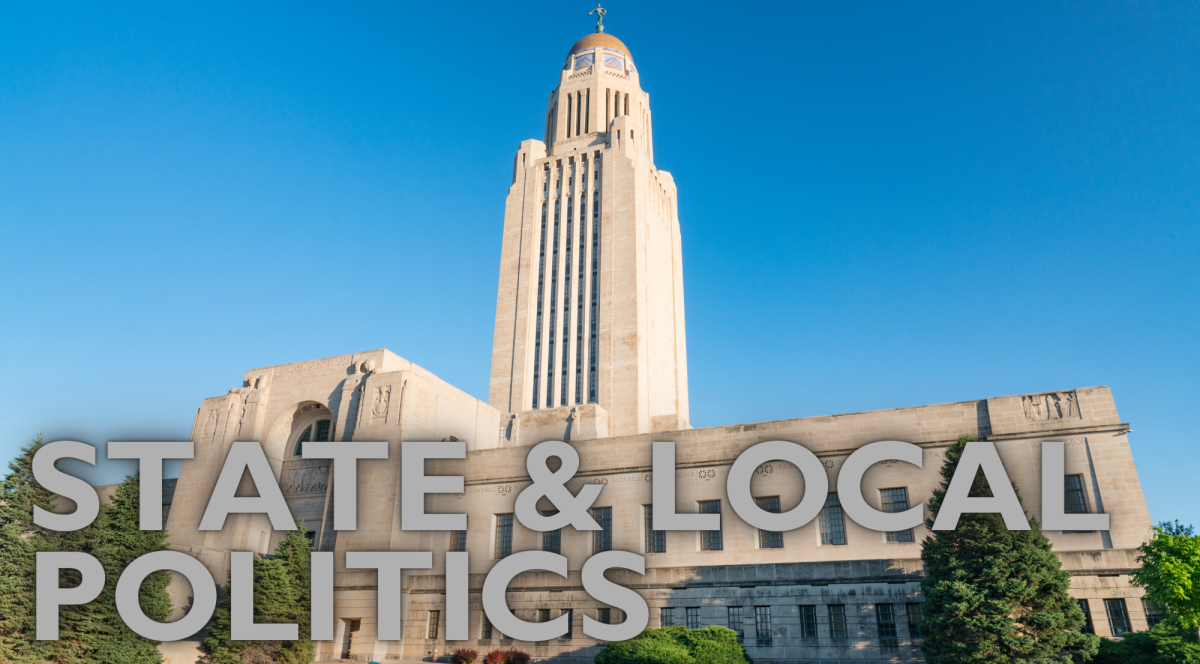
Sen. Dave Murman (NE-Holdridge) proposed a bill earlier this year in the Nebraska legislature to require the 10 Commandments to be displayed in every Nebraska elementary school classroom, as well as in every Nebraska middle and high school building. The bill was introduced by Murman, a former dairy farmer from southern Nebraska.
The First Amendment to the U.S. Constitution states that “Congress shall make no law respecting an establishment of religion, or prohibiting the free exercise thereof;” which means that the government cannot force religions on people. Because this bill requires the 10 Commandments to be displayed in every elementary classroom, some believe that it is putting Christian beliefs in front of an impressionable audience. Eric Berger, a constitutional lawyer and professor at the University of Nebraska said, “In the school context, there’s a captive audience, the students can’t leave and you can argue at least that it’s inherently coerced, the kids are impressionable, kids might feel indoctrinated.”

The Advocate spoke with Lincoln High School associate principal Joshua Lupher and he said, “So I think if we are just displaying a prominent text from one particular religion, where it seems like that’s what we’re probably prioritizing. And so I imagine students who are not Christian could see that as a symbol of them and their beliefs being less valued or less than welcomed.”
“If the law said you need to have the 10 Commandments and the Declaration of Independence and the U.S. Constitution and you throw whatever else you want in there, a few other documents, in other words, if it was a mix of secular and sacred documents that the state believed were part of our national heritage… I think it would be on safer constitutional ground.” Berger said when asked about changes that could be made to the bill to make it more constitutional.
“It’s my understanding that this has already been litigated. This is already part of the First Amendment, that the state should not prioritize or give preference to any specific religion, where we’re a pluralistic society that includes religion.” Lupher said, “So when you start having government, public institutions clearly displaying or clearly prioritizing one over the other. I do think it probably opens a door for more, if this can be one, what else can we push that goes against what the Constitution says.”

The first case relating to religion in schools happened in 1962 with the Supreme Court case, Engel v. Vitale, the State of New York tried to create a non-religious school prayer. The prayer was deemed unconstitutional because it was forcing students to pray despite being non-religious. “I do think under the precedent as it exists now the bill would be constitutional, the court has been allowing more and more government endorsement of religion, so I just can’t stay with confidence how the US Supreme Court would look at it.” Berger said.
As of the end of legislative day on May 14th, the bill is still in committee, so there could still be changes made to the bill. There are only 11 days left in this legislative session, if this bill is not passed by the end of the session it will be classified as “indefinitely postponed” and a new bill would need to be proposed in the fall session or it would be dropped entirely.
